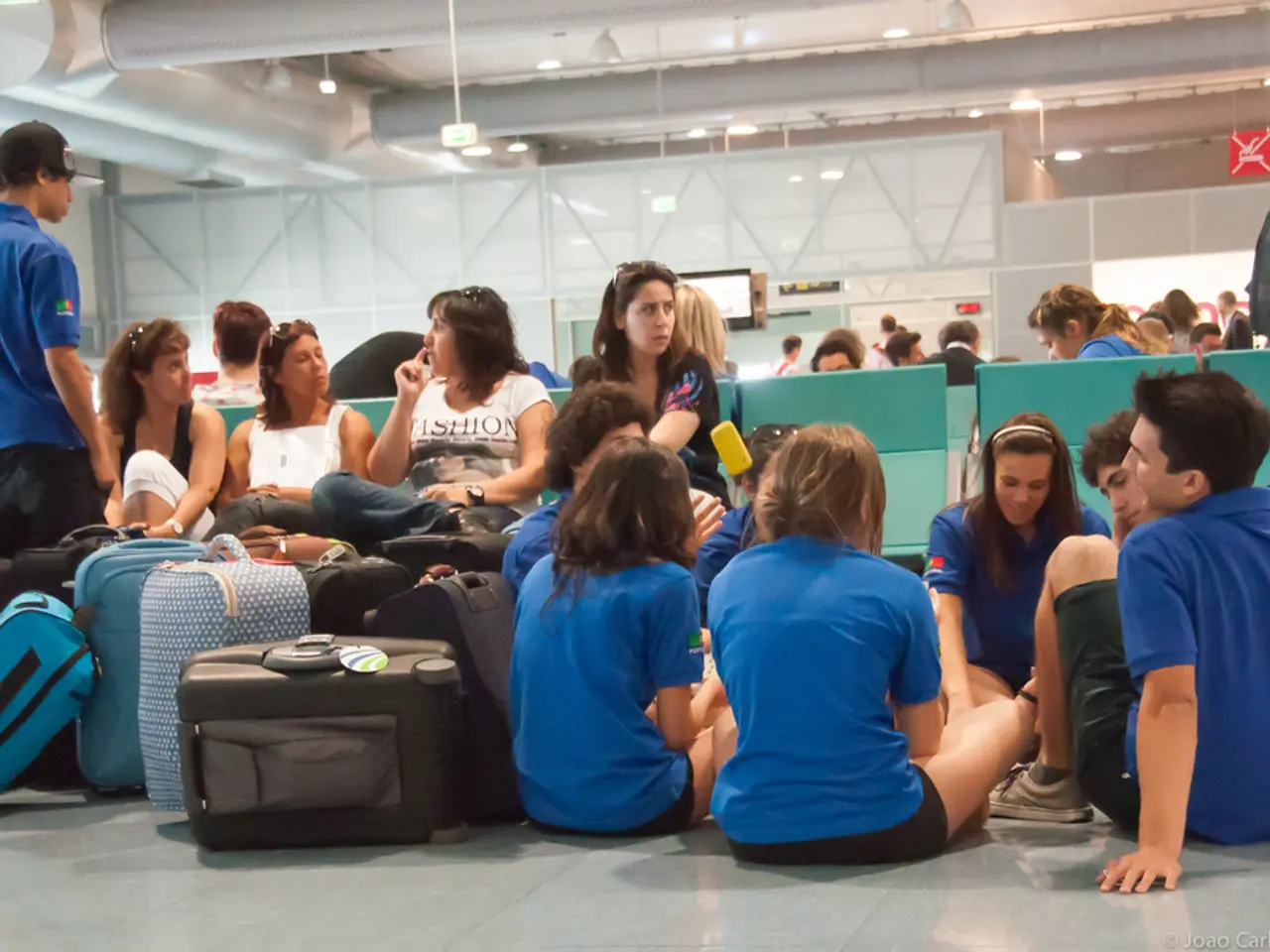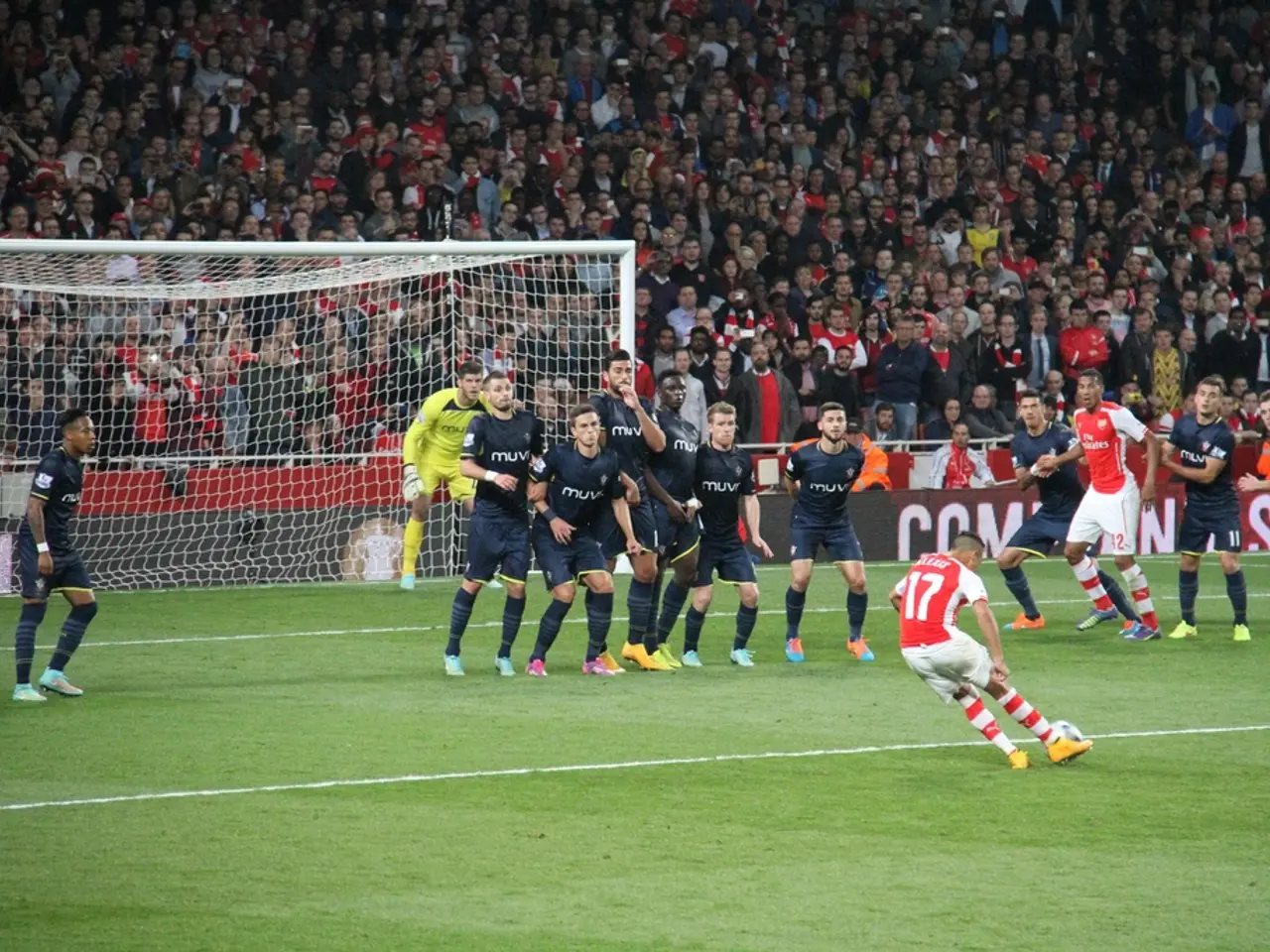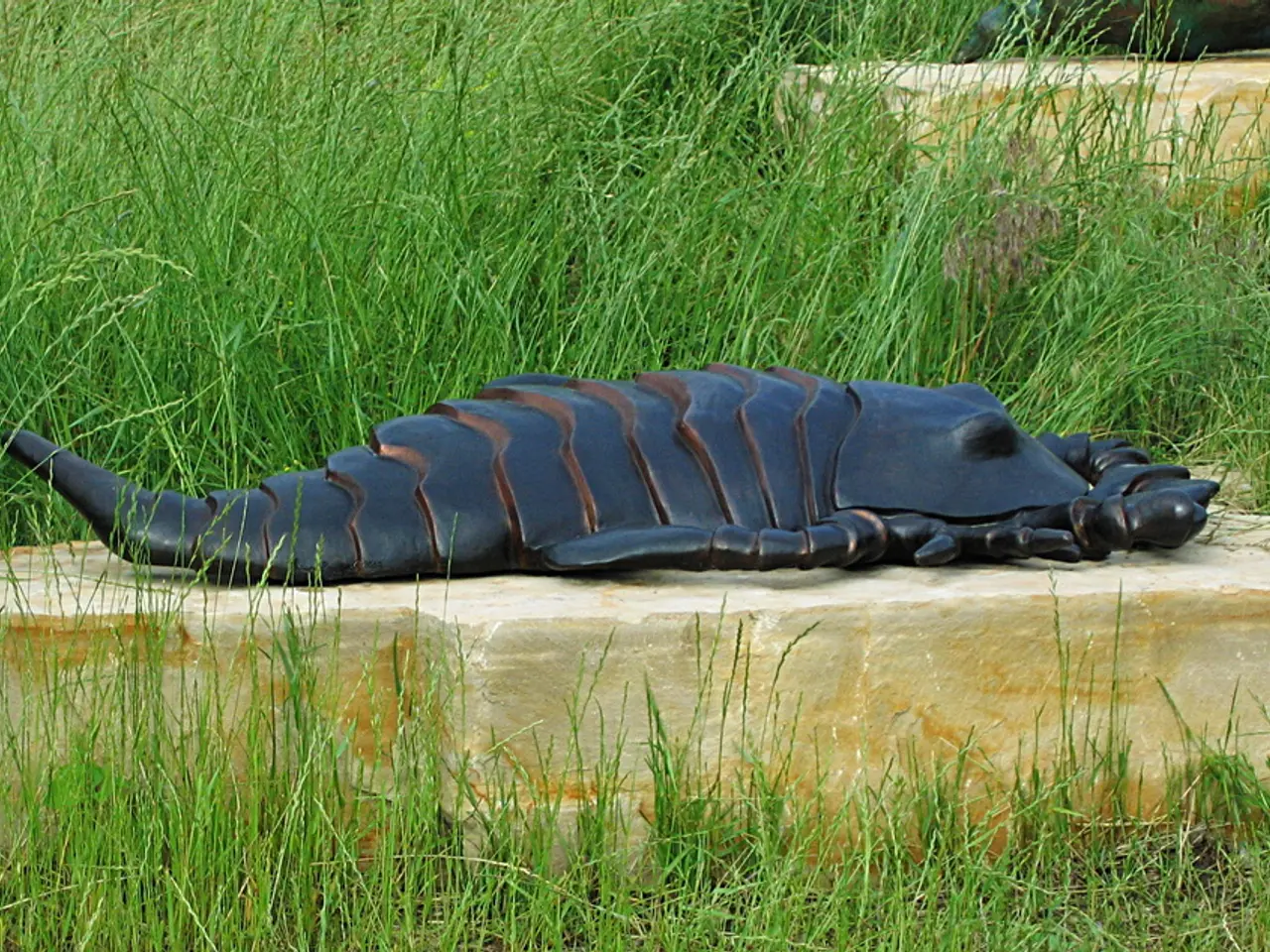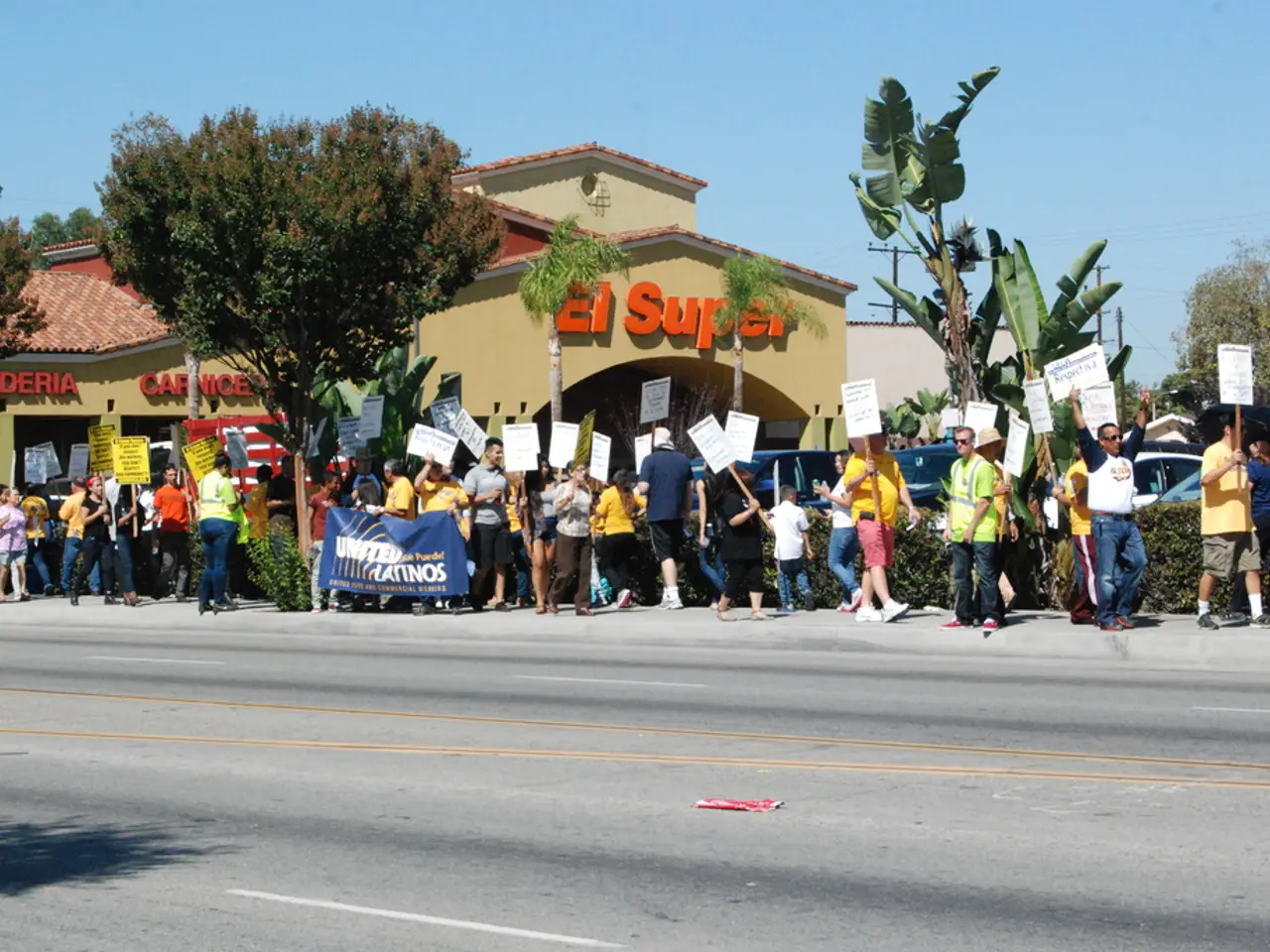Nine decades have passed since the establishment of Dresden Airport!
Dresden Klotzsche Airport, a significant regional hub in Saxony, is facing financial difficulties, much like other smaller European airports, following the COVID-19 pandemic's impact on passenger numbers and the ensuing economic downturn[^1]. However, recent developments suggest that the airport is not without hope.
In an effort to keep the airport running until at least the end of 2026, Mitteldeutsche Airport AG, the airport's operator, has received a total of 145 million euros in funding from its shareholders, Saxony and Saxony-Anhalt[^2]. The Free State of Saxony is contributing an additional 77 million euros in the current budget to Dresden Klotzsche Airport[^3].
Despite these financial lifelines, the airport's fees and charges for airlines are significantly higher compared to other airports, according to Goetz Ahmelmann, CEO of Mitteldeutsche Airport AG[^4]. To address this issue, strategies such as route diversification, cargo development, marketing and partnerships, operational efficiency, and government support are likely to be considered[^5].
Ahmelmann has expressed optimism for the future, hoping that by the 100th anniversary of Dresden Airport in ten years, the celebration can be significantly larger[^6]. He is currently visiting Dresden staff to discuss restructuring plans[^7].
Thomas Löser, a state parliamentarian from the Greens, is advocating for an economically viable future concept for Dresden Klotzsche Airport, suggesting the use of its areas for more events as part of the airport's future vision[^8]. Michael Kretschmer, the Minister-President, supports reducing fees and regulations to make Dresden and other smaller German airports more competitive[^9].
Although specific plans for revitalizing the airport are not yet public, Ahmelmann mentions plans for company settlements at Dresden Klotzsche Airport, but they are not yet ready for disclosure[^10]. Mitteldeutsche Airport AG is also undertaking a voluntary program to reduce jobs and cut costs, including a planned reduction of 250 administrative jobs in Klotzsche[^11].
It is worth noting that Saxony-Anhalt, which owns 18.5% of the Dresden airport, has stated it will not continue to cover the airport's deficits after 2027[^12]. The airport's funding from the Free State of Saxony and the state of Saxony-Anhalt is only secured until the end of next year[^13].
Despite these challenges, Dresden Klotzsche Airport remains an essential hub, particularly as it is home to Silicon Saxony and leading scientific institutions[^14]. For the most current and official updates on the airport’s revitalization plans, consulting the airport’s official communications, press releases, or statements from the Saxon state government would be necessary[^15].
[^1]: This summary is based on general industry knowledge and common challenges faced by regional airports in Germany, as no specific details about Dresden-Klotzsche Airport’s current revitalization plans are present in the search results provided. [^2]: Mitteldeutsche Airport AG receives 145 million euros in funding from its shareholders - Saxony and Saxony-Anhalt - to keep Dresden Airport running until at least the end of 2026. [^3]: The Free State of Saxony contributes an additional 77 million euros to Dresden Klotzsche Airport in the current budget. [^4]: Dresden Klotzsche Airport's fees and charges for airlines are significantly higher compared to other airports, according to Ahmelmann. [^5]: Typical measures for such airports include route diversification, cargo development, marketing and partnerships, operational efficiency, and government support. [^6]: Ahmelmann hopes that by the 100th anniversary of Dresden Airport in ten years, the celebration can be significantly larger. [^7]: Goetz Ahmelmann is visiting Dresden staff today to discuss restructuring plans. [^8]: Thomas Löser suggests using Dresden Klotzsche Airport's areas for more events as part of the airport's future concept. [^9]: Michael Kretschmer supports reducing fees and regulations to make Dresden and other smaller German airports more competitive. [^10]: Ahmelmann mentions plans for company settlements at Dresden Klotzsche Airport, but they are not yet ready for public disclosure. [^11]: Mitteldeutsche Airport AG is undertaking a voluntary program to reduce jobs and cut costs, including a planned reduction of 250 administrative jobs in Klotzsche. [^12]: Saxony-Anhalt, which owns 18.5% of the Dresden airport, has stated it will not continue to cover the airport's deficits after 2027. [^13]: Dresden Klotzsche Airport's funding from the Free State of Saxony and the state of Saxony-Anhalt is only secured until the end of next year. [^14]: Dresden Klotzsche Airport is home to Silicon Saxony and leading scientific institutions, making the airport essential, according to Michael Kretschmer. [^15]: For the most current and official update, consulting the airport’s official communications, press releases, or statements from the Saxon state government would be necessary.
Sports teams could utilize Dresden Klotzsche Airport's vast empty spaces for training purposes during the airport's revitalization process. With the airport's home to leading scientific institutions and Silicon Saxony, a sports team could benefit from access to cutting-edge technology and research.








